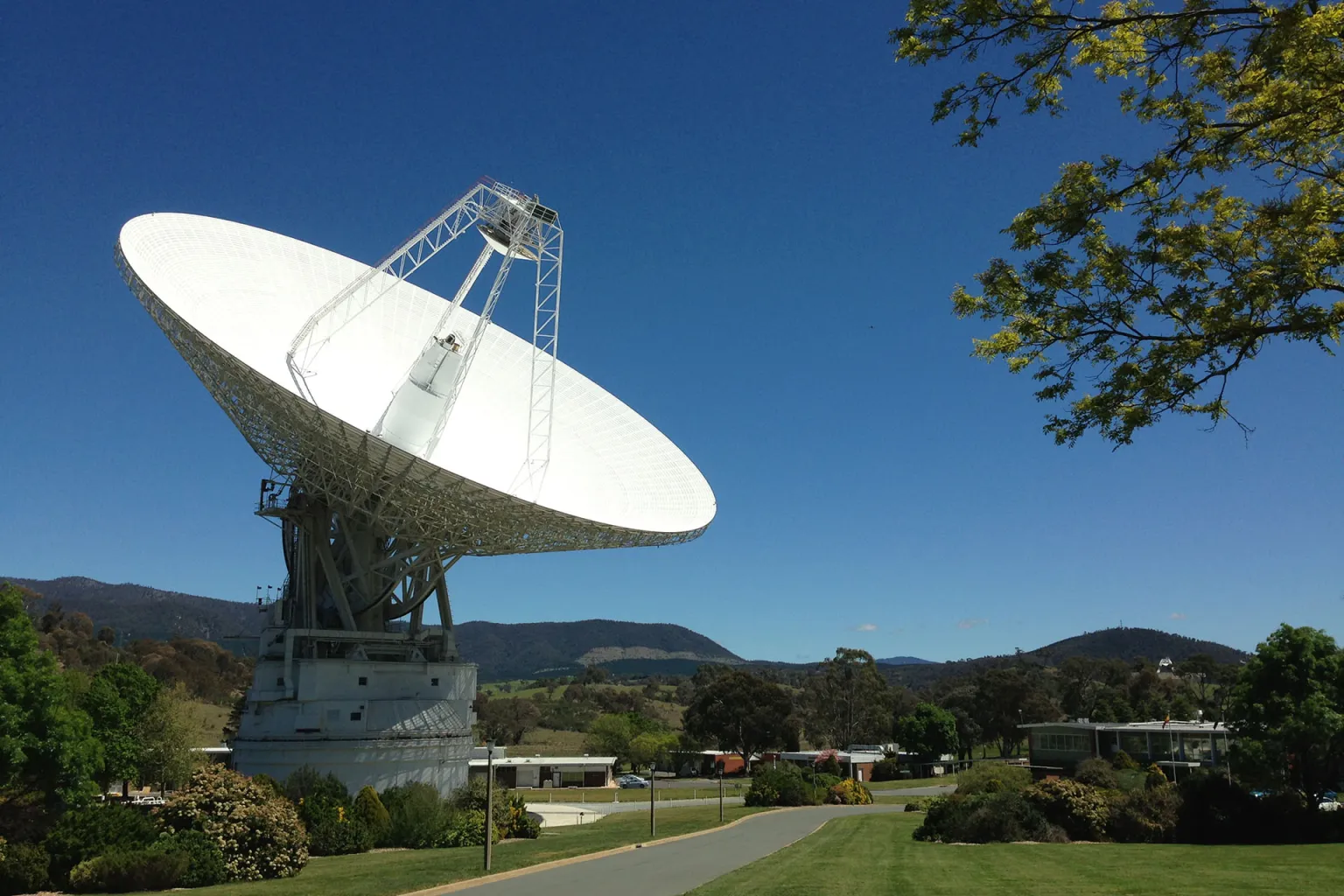NASA's Deep Space Network turns 60; preps for next era

- Country:
- United States
NASA's Deep Space Network (DSN), which provides critical communications and navigation services to dozens of space missions, will be completing 60 years on Sunday, December 24.
DSN is comprised of three facilities spaced equidistant from each other - Goldstone (California), near Madrid (Spain) and near Canberra, (Australia). Operated by NASA’s Jet Propulsion Laboratory (JPL), DSN currently supports more than space 40 missions and NASA envisions doubling the number of missions that depend on the network in the years to come.
The agency is planning to expand and modernize this critical global infrastructure with new dishes, new technologies, and new approaches, which will help support more missions and dramatically increase the amount of data that can be delivered.
"The DSN is the heart of NASA - it has the vital job of keeping the data flowing between Earth and space. But to support our growing portfolio of robotic missions, and now the human Artemis missions to the Moon, we need to push forward with the next phase of DSN modernization," said Philip Baldwin, acting director of the network services division for SCaN at NASA Headquarters in Washington.
Among others, laser or optical, communications technology is at the forefront of this modernization effort. This cutting-edge technology could enable more data to be packed into transmissions. Recently, NASA's Deep Space Optical Communications experiment, which launched aboard NASA's Psyche mission in October 2023, beamed an ultra-high definition streaming video via laser on December 11 from a record-setting 19 million miles away.
"We have six decades driving technological innovation, supporting hundreds of missions that have made countless discoveries about our planet and the universe it inhabits," said Bradford Arnold, deputy director for the Interplanetary Network at JPL.
The Deep Space Network is turning 60!40+ missions depend on the DSN, which keeps data flowing between Earth and space using 14 giant radio antennas at three complexes spaced equally around the world. What's the future hold? https://t.co/r9eloLQBiT pic.twitter.com/EizqDiHkqw
— NASA JPL (@NASAJPL) December 22, 2023
- READ MORE ON:
- NASA Deep Space Network
- laser communication space
- NASA DSN










